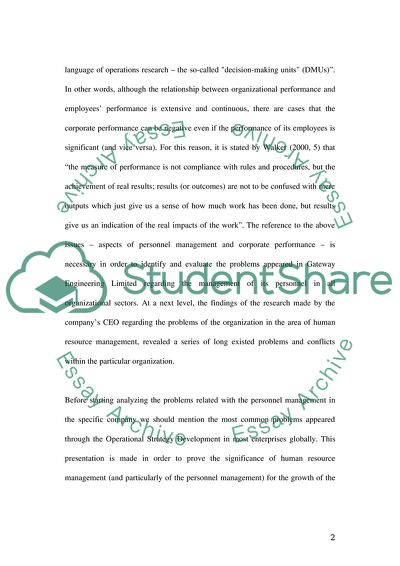Cite this document
(HRM Practices in Gateway Engineering Limited Research Paper, n.d.)
HRM Practices in Gateway Engineering Limited Research Paper. https://studentshare.org/human-resources/1707398-gateway-engineering-limited-hr0257
HRM Practices in Gateway Engineering Limited Research Paper. https://studentshare.org/human-resources/1707398-gateway-engineering-limited-hr0257
(HRM Practices in Gateway Engineering Limited Research Paper)
HRM Practices in Gateway Engineering Limited Research Paper. https://studentshare.org/human-resources/1707398-gateway-engineering-limited-hr0257.
HRM Practices in Gateway Engineering Limited Research Paper. https://studentshare.org/human-resources/1707398-gateway-engineering-limited-hr0257.
“HRM Practices in Gateway Engineering Limited Research Paper”. https://studentshare.org/human-resources/1707398-gateway-engineering-limited-hr0257.


